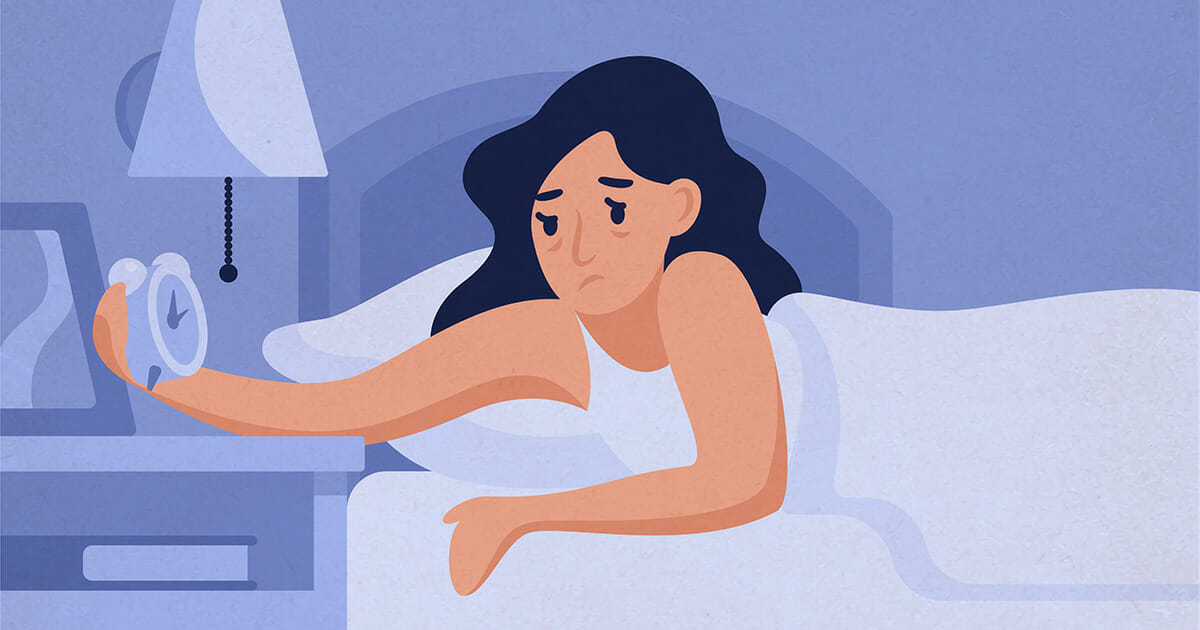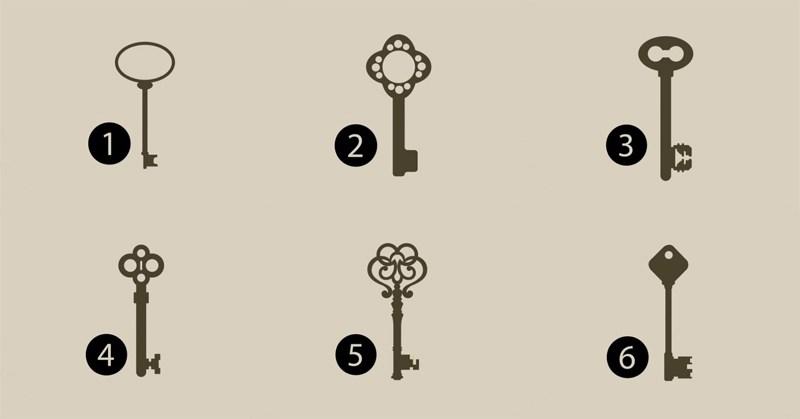Why do women cross their legs? the fascinating truth behind the leg-crossing movement
|
When a woman crosses her legs, it's more than just a habit—it's a quiet expression of confidence, comfort, and social awareness. This simple gesture, rooted in psychology and shaped by generations of cultural influence, speaks subtly, revealing much more than meets the eye.
Let's dive into the subtle psychological cues and centuries of cultural conditioning to uncover the truth behind this timeless posture.
A Posture with a Past
Long before ergonomic chairs and pant suits, the way women sat was a measure of social grace and femininity. In the 19th century, women were often expected to sit with ankles crossed or legs modestly tilted to the side—crossing legs at the knees was considered highly improper in many circles.
Fast forward to the 1960s—fashion icons like Audrey Hepburn and Jackie Kennedy redefined elegance with crossed legs, often paired with stunning heels. It wasn't just posture; it was a demonstration of poise and stability.
Today, crossed or clasped legs are still an integral part of modern feminine body language, but now serve a much wider range of psychological and social functions.
Psychology Behind the Posture
While it may seem that women cross their legs simply because it's comfortable, experts say there's a deeper layer at play.
Non-Verbal Communication
Body language experts agree that crossed legs are a form of non-verbal communication.
"The legs and feet are one of the last parts of the body that we consciously control, so they give us valuable information about what someone is really thinking, their attitudes, and how [a woman] is feeling", Katia Loisel, an Australian dating and body language expert, told Men’s Health magazine.
And depending on the direction the legs are crossed—toward or away from someone—it can signal either openness or defensiveness.
- Toward someone: Interest, comfort, connection.
- Away from someone: Disconnection, lack of interest, discomfort.
"We point our feet and legs to what we like and turn away from what we don't like," Loisel says, adding that the direction of the feet and legs speaks volumes.
Subconscious Modesty
Let's face it—fashion hasn't always been functional. In skirts or dresses, crossing the legs can be a subconscious way to maintain modesty, especially in public or professional settings. It is a gesture deeply ingrained by etiquette, even if today's attire allows more freedom.
Self-Soothing
Interestingly, psychologists note that crossing the legs can be a calming action. It provides a sense of boundary, a way to occupy personal space—particularly in crowded or unfamiliar environments.
Professional and Personal Contexts
- In the Workplace: In a professional setting, crossing legs at the knee or ankle often projects confidence and control. It's a common posture in boardrooms and interviews, but beware: excessive crossing or bouncing can signal anxiety or impatience. For those in leadership roles, sitting with one ankle placed on the opposite knee—sometimes called the "Figure Four"—is a more assertive, masculine-leaning stance. Few women adopt it, but when they do, it radiates boldness.
- Casual with Friends: When relaxing among friends, crossing the legs often becomes less formal and more about comfort. Think of a slouched posture, knees casually wrapped—here, the body language shifts to express ease and openness rather than rigidity or composure.
- On a Date: Leg crossing can become part of flirtation here. Crossing legs toward someone shows interest and attention, while slow movements (like uncrossing and recrossing) can even be interpreted as gentle flirtation—all without saying a word.
A Powerful Language
While comfort plays a role, it is clear that crossing legs is also a powerful, silent language that expresses everything from confidence to caution, modesty to mood. Whether at work, at brunch, or just waiting for the train, women worldwide continue this gesture, often without a second thought—and yet, it is full of meaning.
So, the next time you find yourself crossing your legs, remember that it's not just a posture. It's personality in motion.












